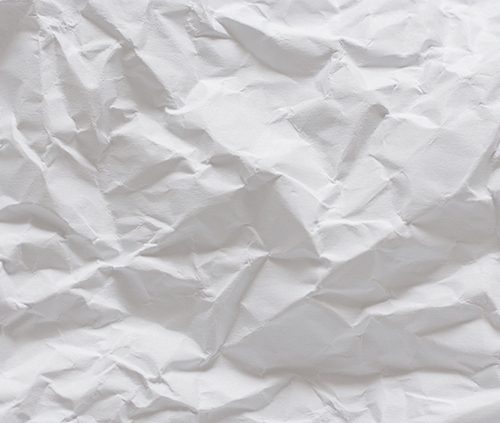“The Medium of the English Language” by James Longenbach
 An article by faculty member James Longenbach appears at Poetry Foundation:
An article by faculty member James Longenbach appears at Poetry Foundation:
The medium of Giorgione’s Tempest is “oil on canvas”; the medium of Robert Rauschenberg’s Bed is “oil and pencil on pillow, quilt, and sheet.” Descriptions of a work of art’s medium seem to tell us everything and nothing, for our entire experience of art is dependent upon the artist’s intimacy with the medium, and yet the medium itself may seem weirdly mundane, especially when the artist harnesses everyday materials like a sheet. In the nineteenth century, the stuff from which art is made came to be called the medium because for hundreds of years the word had referred to something that acts as an intermediary, a piece of money or a messenger. The artistic medium enables a transaction between the artist and the world, and, over time, the history of those transactions has become inextricable from the medium as such, an inherited set of conventions. It’s not coincidental that it was also in the nineteenth century that the word medium was first used to describe a person who conducts a séance, a person who exists simultaneously in the worlds of the living and the dead.
Continue reading online…



